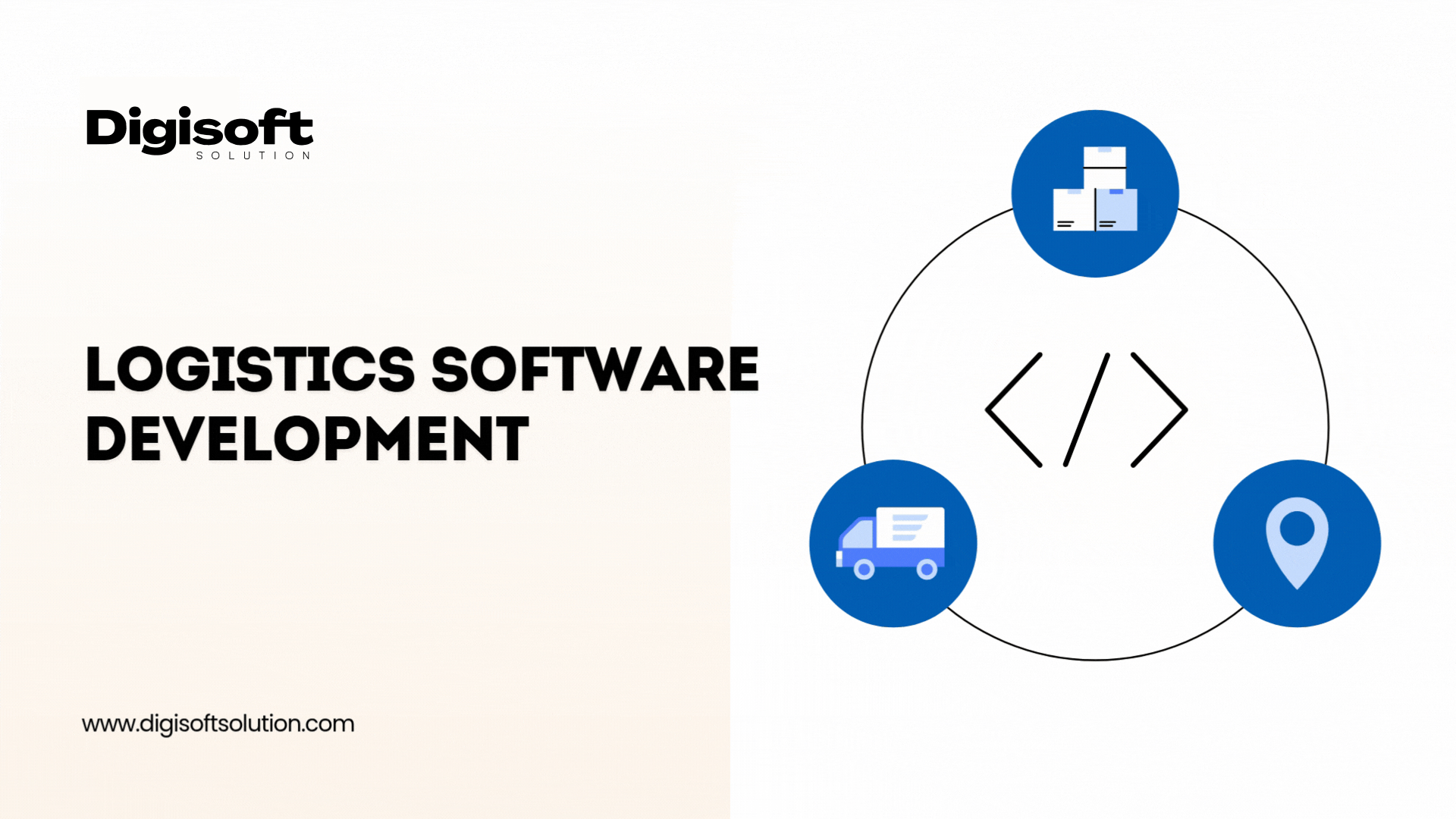Table of Content
- What is Quality Assurance?
- Steps in the Quality Assurance Testing Process
- 1. Formulation of Quality Goals and Standards
- 2. Quality Planning
- 3. Designing the Quality Assurance Process
- 4. Quality Assurance Testing
- 4. Monitoring & Process Improvement
- 5. Customer Grasp and Validation
- 6. Conducting Quality Audits
- The quality assurance process is based on these two key principles
- Techniques Utilized in Quality Assurance
- The Importance of Software within Quality Assurance
- Here's how software helps to improve the whole quality assurance testing process-well
- Automated Testing Tools
- Continuous Integration & Deployment (CI/CD)
- Defect Tracking Systems
- Project Management Platforms
- Roles & Responsibilities of Quality Assurance
- Quality Assurance vs. Quality Control
- Conclusion
Digital Transform with Us
Please feel free to share your thoughts and we can discuss it over a cup of coffee.

In the digital world, where everything moves at a million miles an hour, businesses must ensure their products and services meet high-quality standards to stay competitive. The quality assurance process helps contribute significantly to the maintenance or improvement of the quality of deliverables, whether for software or a manufactured or service-based industry. It ensures that organizations' defect prevention, enhances customer satisfaction, and ultimately productivity all by means of effective quality assurance.
This blog educates readers on quality assurance, the process itself, the roles and methods involved, the tools one can use as well as the overall benefits that come with it in the growth of one's business.
What is Quality Assurance?
Quality assurance meaning, first let's see what Quality assurance is. Quality assurance (QA) refers to the systematic method adopted to define and implement standards, guidelines, and processes that ensure the product or service satisfactorily fulfills needs of customer and industry regulations. Unlike quality control, which is in the business of detecting defects, it anticipatively prevents many kinds of troubles even before they arise.
Steps in the Quality Assurance Testing Process
Well-established quality assurance testing involves various steps, which must be observed critically to check the quality assurance. Research each step closely;
1. Formulation of Quality Goals and Standards
Every strategy in QA starts with clearly defined objectives and standards that meet customer expectations and statutory conformance. Setting quality benchmark levels by which organizations assess their products or services is mandatory.
2. Quality Planning
The improvement of the quality assurance process starts with planning. Thus includes the following
- Quality management plan development
- Success indicators establishment (for example: customer satisfaction, defect rates)
- Resource allocations on testing and monitoring
3. Designing the Quality Assurance Process
At this point in time, quality standards meet business workflows. They include
- Standard operating procedures or SOPs
- The coding guidelines in software development
- Implementing the industrial-specific compliance measures
4. Quality Assurance Testing
The quality assurance test is the stage where maximum identification and resolution of defects are performed before making the product available to end users. The most important parts are:
Test Case Development
- Design of test cases-mentioned expected results
- Covers positive and negative test cases
Test Environment Setup
- Software, hardware, and databases will be set up for testing.
- A test environment mimicking real-life conditions will be ensured.
Test Execution
- Executing test cases and logging results.
- Identify and document defects.
Defect Tracking & Reporting
- Logging of issues into a defect tracking system.
- Defects will be categorized according to severity.
- Sharing findings with the development teams.
4. Monitoring & Process Improvement
Software quality assurance is a continuous process of monitoring. Organizations evaluate through KPIs and quality indicators levels of excellence and initiate necessary adjustments.
5. Customer Grasp and Validation
In the process of obtaining a view of customers' perspectives with respect to the final product outcome concerning real-world expectations, several aspects such as surveys, usability tests, and customer reviews offer very important information.
6. Conducting Quality Audits
It becomes quite regular in assessing the QA process within the organization. Auditors, both internal and external, review the company against compliance common to the industry and identify defect areas.
The quality assurance process is based on these two key principles
- Fit for purpose: The product or service needs to perform its intended function and meet the needs of its customers.
- Right the first time: Minimize or completely eliminate errors and defects during the web development/e-commerce development process so that the organization can produce a quality product.
Techniques Utilized in Quality Assurance
There are numerous methodologies to implement the most effective strategy for achieving robust quality control or assurance:
- Total Quality Management (TQM): An approach that encompasses an entire organization, bringing employees on board with all aspects of maintaining quality.
- Failure Test: subjecting products to extreme conditions to identify their weaknesses.
- Process and Product Quality Assurance (PPQA): Evaluation of business processes to ensure they are efficient and adequate.
- Capability Maturity Model Integration (CMMI): Framework for the improvement of processes in software development.
- Statistical Process Control (SPC): Tools for controlling and monitoring production quality through statistical methods.
The Importance of Software within Quality Assurance
In software, automating repetitive tasks helps improve accuracy, set quality standards, and monitor performance in real time, which is key to quality assurance. Traditionally, manual inspections took weeks and were prone to human errors, making the process time-consuming. However, modern systems now use automation, data analytics, and AI-driven methods to improve quality assurance.
Here's how software helps to improve the whole quality assurance testing process-well
Automated Testing Tools
- Programs like TestNG, JUnit, and Selenium aid in automating regression and functional testing. This increases test coverage while lowering the work required for manual testing.
- Automation means that the testing cycle goes faster, which consequently leads to an even faster identification and fixing of questions.
Continuous Integration & Deployment (CI/CD)
- These are tools in CI/CD, such as Jenkins, GitLab, and CircleCI, that allow the integration of code and deployment to be automated.
- The new update will be tested fully before exposing it to the end user.
Defect Tracking Systems
- Tools such as JIRA, Bugzilla, and Redmine permit QA to log, track, and manage defects.
- These systems enable real-time analysis of defect trends to help teams prioritize critical issues.
Project Management Platforms
- Software such as Asana, Trello, and Monday.com focused on bringing communication regarding testing between the QA, web development, and business teams.
- Enhancing efficiency, accuracy, and standardization in product quality can be done with all those software integrated into the process of quality assurance.
Roles & Responsibilities of Quality Assurance
The successful functioning of a QA process is dependent on the skills of professionals managing different areas of QA. Many key roles are included:
- Quality Assurance Automation Engineer: This engineer specializes in creating automated test scripts in order to increase the efficiency and accuracy of the QA process.
- Quality Assurance Manager: The manager of quality assurance is responsible for overseeing the entire quality management system to make sure that it meets the business objectives.
- Quality Assurance Specialist: The responsibility of a quality assurance specialist covers the development and implementation of QA policies and the testing to make sure that standards are met.
Quality Assurance vs. Quality Control
QA emphasizes planning so that risks pertaining to quality may be avoided during the production of services or goods. QC on the other hand emphasizes testing to ascertain the quality of outputs after products or services are delivered. QA thus refers more to the planning function, while QC serves as a checking function.
The quality assurance plan in project management refers to the proactive process of the improvement of processes. This ensures that the proper processes, standards, and guidelines are applied to fulfill the quality objectives. QC procedure on the other hand, is a reactive procedure involving looking for defects after a product is made.
Conclusion
A structured quality assurance process is the solution to ensuring high-quality products and services. It helps reduce defects, improve customer satisfaction, and give businesses a competitive edge.
Digisoft Solution brings some of the most advanced quality assurance process improvement methodologies for optimal software performance. If you require manual testing, automated solutions, or a full-service QA consulting firm, we are ready to serve you.
Ready to optimize your quality assurance processes? Contact us today, and let us help you achieve excellence with every project!
Digital Transform with Us
Please feel free to share your thoughts and we can discuss it over a cup of coffee.
 Kapil Sharma
Kapil Sharma


 Parampreet Singh
Parampreet Singh









































































































